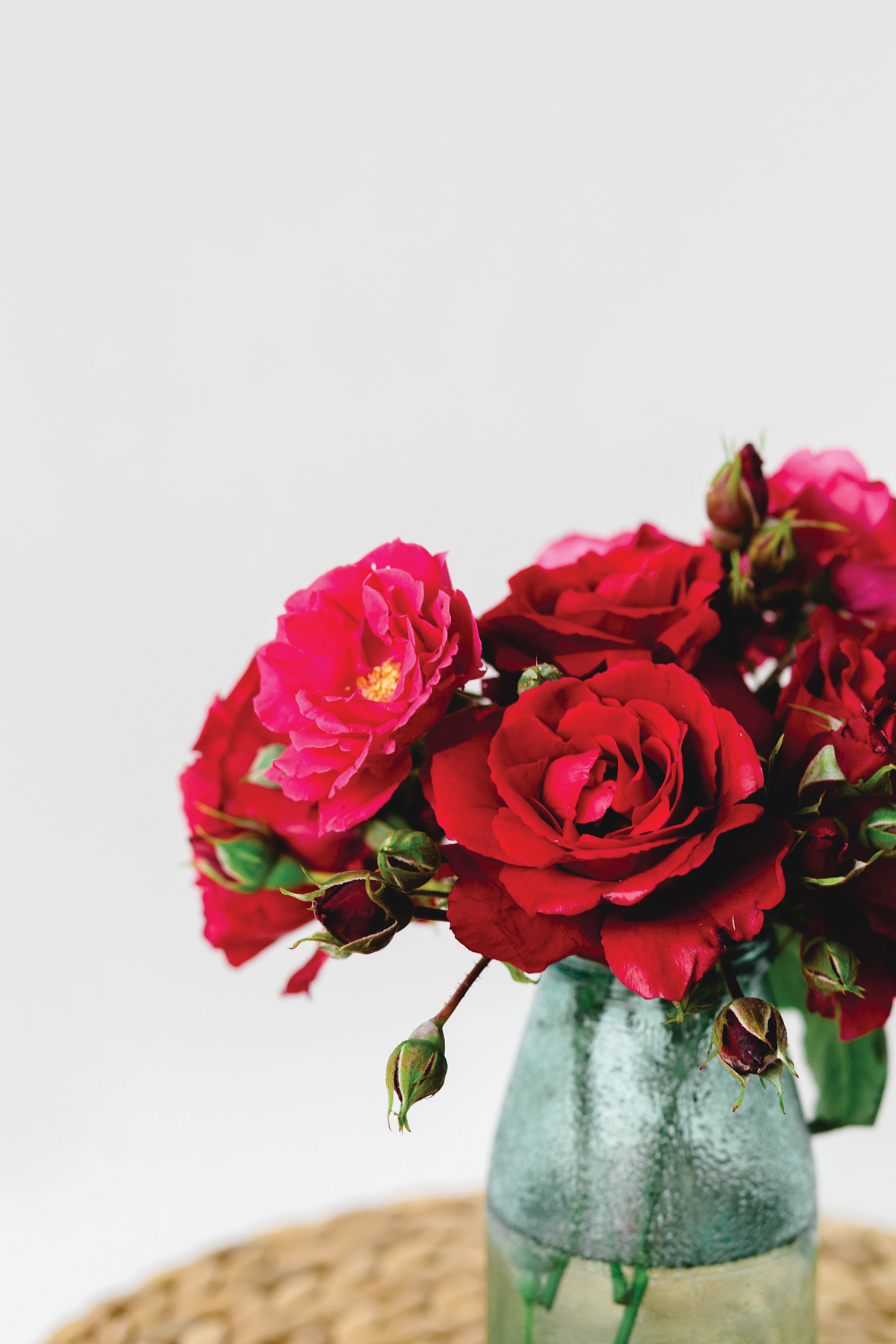
Tasting Spot: Roses are Red
Story by Lauren Hasley
“A rose by any other name would smell as sweet,” wrote Shakespeare in his famed Romeo and Juliet. That sweetness is not only prevalent in the scent of a rose, but also in its complex taste.
There are more than 150 edible varieties of roses. They’re part of the Rosaceae plant family, a close relative to almonds, apples, apricots, cherries, peaches, pears and plums. All parts of the rose are edible including the petals, buds and leaves and are filled with vitamins A, C and E — all of which are believed to boost the immune system.
Roses can add a delightfully fresh flavor to a dessert, drink or other recipe, and hold a subtle floral flavor that adds complexity to baked goods, jams, syrups and more treats. Commonly used in the Middle East, rose provides a botanical sweetness to dishes such as baklava and mehalabya — a milk pudding often topped with pistachios. It makes a fantastic addition to beverages as well, lending itself well to herbal teas and floral cocktails. As for decoration, rose petals may be used for garnish as an elegant topper to any dish, beverage or dessert.
The safest way to enjoy rose is by growing them at home in order to avoid pesticides or other chemicals. Roses need about six to eight hours of direct sunlight a day to flourish. The best edible varieties to grow in California are floribundas and grandifloras.
While all rose flowers are edible, some taste better than others. When choosing which ones to eat, look for more fragrant varieties, which indicate a more intense flavor.

